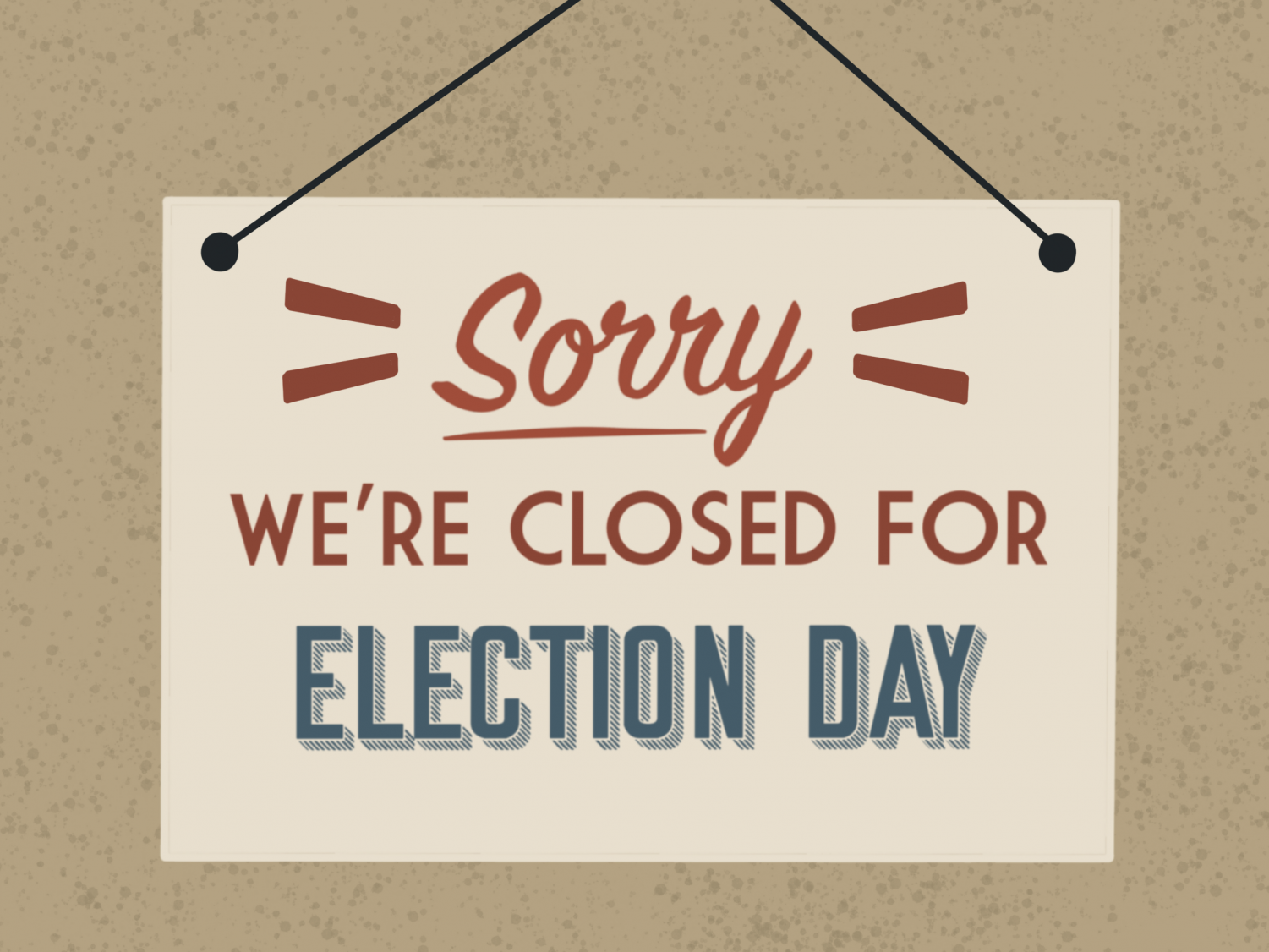Why Do We Feel Guilty When We Take the Time to Relax?
In today’s fast-paced world, feelings of guilt often accompany moments of rest and relaxation. Many individuals experience anxiety and guilt when taking time for themselves, feeling as if they are neglecting responsibilities or failing to meet societal expectations of productivity. This article explores psychological, cultural, and societal reasons behind the guilt associated with relaxation and offers insights into how individuals can overcome this guilt to achieve a healthier work-life balance.
The Psychological Basis of Guilt
Guilt, as a psychological experience, can be described as a negative emotional state that arises when one perceives that they have done something wrong or violated personal values. Research suggests that guilt often stems from deeply embedded societal and cultural norms, as well as from internalized expectations about productivity and self-worth (Tangney et al., 2007).
For instance, cognitive theories suggest that individuals may develop “should” statements, such as “I should be working,” which create a sense of duty to be constantly productive (Beck, 1976). This cognitive distortion leads to an emotional response that equates rest with irresponsibility or laziness, thus inducing guilt.
Cultural and Societal Pressures
Cultural norms around productivity significantly contribute to feelings of guilt. In many cultures, particularly those with strong individualistic values, productivity is often equated with personal value (Hofstede, 1984). In these settings, people may feel that their self-worth is directly tied to their achievements, making it challenging to relax without feeling as though they are compromising their personal value.
Furthermore, the “hustle culture” promoted on social media often glorifies overworking and presents relaxation as a luxury for the unmotivated (Shapiro, 2019). This societal influence can lead people to internalize the belief that downtime is wasted time, thereby increasing the guilt associated with it.
The Role of Personal Values and Work Ethic
For many individuals, personal values and work ethic play a role in the experience of guilt during relaxation. Those who value hard work and efficiency may find it difficult to allow themselves time off without feeling that they are violating their core values (Grant, 2013). This guilt may be especially prominent in individuals with a strong sense of duty or responsibility toward others, such as parents, caregivers, or people in helping professions (Gould & Buss, 2015).
Coping Strategies
Overcoming guilt associated with relaxation requires reframing beliefs around productivity and self-care. Cognitive Behavioral Therapy (CBT) techniques, for instance, can help individuals challenge irrational thoughts around relaxation and redefine it as a necessary component of overall well-being (Beck, 2011). Mindfulness practices also encourage people to stay present in the moment, allowing them to focus on relaxation without ruminating over undone tasks (Kabat-Zinn, 1990).
In addition, developing a structured schedule that includes dedicated time for rest can reduce feelings of guilt. Viewing relaxation as part of a balanced routine, rather than as a diversion from productivity, can help normalize it as a beneficial practice (Levine, 2000).
Feeling guilty about taking time to relax is a common experience that stems from psychological, cultural, and personal factors. Understanding the origins of this guilt and practicing techniques to reframe one’s mindset can help individuals find greater balance. Recognizing that relaxation is essential for well-being, rather than an indulgence, is a vital step in fostering a healthier relationship with oneself.

This article has been written by John S. Collier, MSW, LCSW. Mr. Collier has over 25 years of experience in the social work field. Mr. Collier currently serves as the Executive Director/President and Outpatient service provider through Southeast Kentucky Behavioral Health, LLC. Mr. Collier may be reached by phone at (606) 657–0532 extension 101 or by email at [email protected].
References
- Beck, A. T. (1976). Cognitive Therapy and the Emotional Disorders. International Universities Press.
- Beck, A. T. (2011). Cognitive Behavior Therapy: Basics and Beyond. Guilford Press.
- Gould, L., & Buss, D. M. (2015). The Psychology of Moral Emotions. Academic Press.
- Grant, A. M. (2013). Give and Take: Why Helping Others Drives Our Success. Penguin Books.
- Hofstede, G. (1984). Culture’s Consequences: International Differences in Work-Related Values. Sage.
- Kabat-Zinn, J. (1990). Full Catastrophe Living: Using the Wisdom of Your Body and Mind to Face Stress, Pain, and Illness. Bantam.
- Levine, R. (2000). A Geography of Time: The Temporal Misadventures of a Social Psychologist. Basic Books.
- Shapiro, J. (2019). The paradox of hustle culture: How working nonstop became a status symbol. Journal of Media Psychology, 12(3), 210-217.
- Tangney, J. P., Stuewig, J., & Mashek, D. J. (2007). Moral emotions and moral behavior. Annual Review of Psychology, 58, 345-372.








